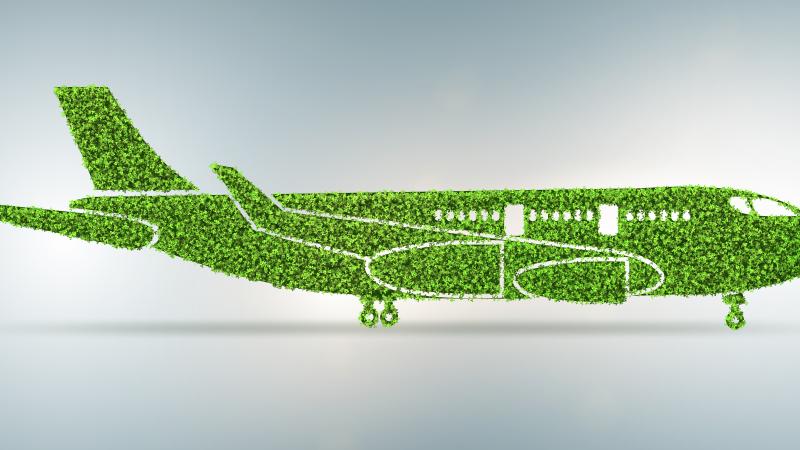A carbon emissions calculator (CEC) has been launched by IBA to provide independent carbon emissions analysis for airlines and lessors, aircraft portfolios and regions.
It says that the CEC is the first of its kind, and integrates IBA’s proprietary fuel-burn assessments with real-world flights and fleets data from its InsightIQ intelligence platform. It claims to be the only carbon modelling tool currently available that enables users to calculate and compare the emissions of airlines and lessors, entire aircraft fleets and regions over different periods of time, in addition to supporting analysis of specific commercial aircraft models and routes.
Subscribers can also map emissions geographically and gauge the potential impact of adding varying percentages of different types of Sustainable Aviation Fuel (SAF).
The new tool is designed to help the aviation community evaluate the comparative performance of different operators and lessors, perform due diligence on new asset purchases or monitor compliance with environmental targets, and understand whether the right aircraft are being deployed across the right routes for environmental optimisation.
IBA president and head of advisory, Phil Seymour, said: “Carbon emissions and ESG are at the top of the aviation finance agenda. Total emissions are clearly most impacted by the volume of flights. However, the aircraft and engine technology generation, and the seating layout are big drivers of overall efficiency on a Co2 per seat mile basis.”
Data from the CEC shows that across the industry as a whole, there was a 46 per cent drop in total Scope 1 emissions from 2018 to 2020 reflecting the significant reduction in flights due to Covid-19.
However, in 2020, only 22 per cent of these emissions were generated by flights originating in Europe. The EU has the only continent-wide emissions reduction scheme – the ETS – but this only accounts for intra-European flights reducing the scheme coverage to only 11 per cent of global emissions in 2020. This demonstrates the task ahead for co-ordinated global regulatory action to have a material impact on reducing global aviation emissions.
More significantly, over the last three years, the top 30 airlines account for over 50 per cent of the total aviation industry’s Scope 1 emissions. Also, 42 per cent of total Scope 1 emissions in 2020 were from aircraft of 10+ years of age.
Commenting on the data, Seymour added: “Emission efficiency is closely tied to the age of aircraft with new generation technology offering significant enhancements over previous generations. The faster large airlines can upgrade their fleets, the faster emissions efficiency will improve.
“The three most efficient of the top 30 airline operators on a Co2 per seat mile basis in 2020 are all low-cost carriers and have an average in service fleet age of only 7 years, compared to the top 30 average of 11 years. This reflects both their newer generation fleets and more efficient cabin layouts.
“The more efficient low-cost airlines with their denser seating layouts may put pressure on traditional carriers to reduce their premium seating to improve overall efficiency.”
“Reducing total emissions from aviation is a long-term social and technological challenge. However, there is much the aviation finance industry can do in the meantime to promote the use of efficient, new generation aircraft and engines to help limit emission growth.”
More information about IBA’s Carbon Emissions Calculator is available here.


